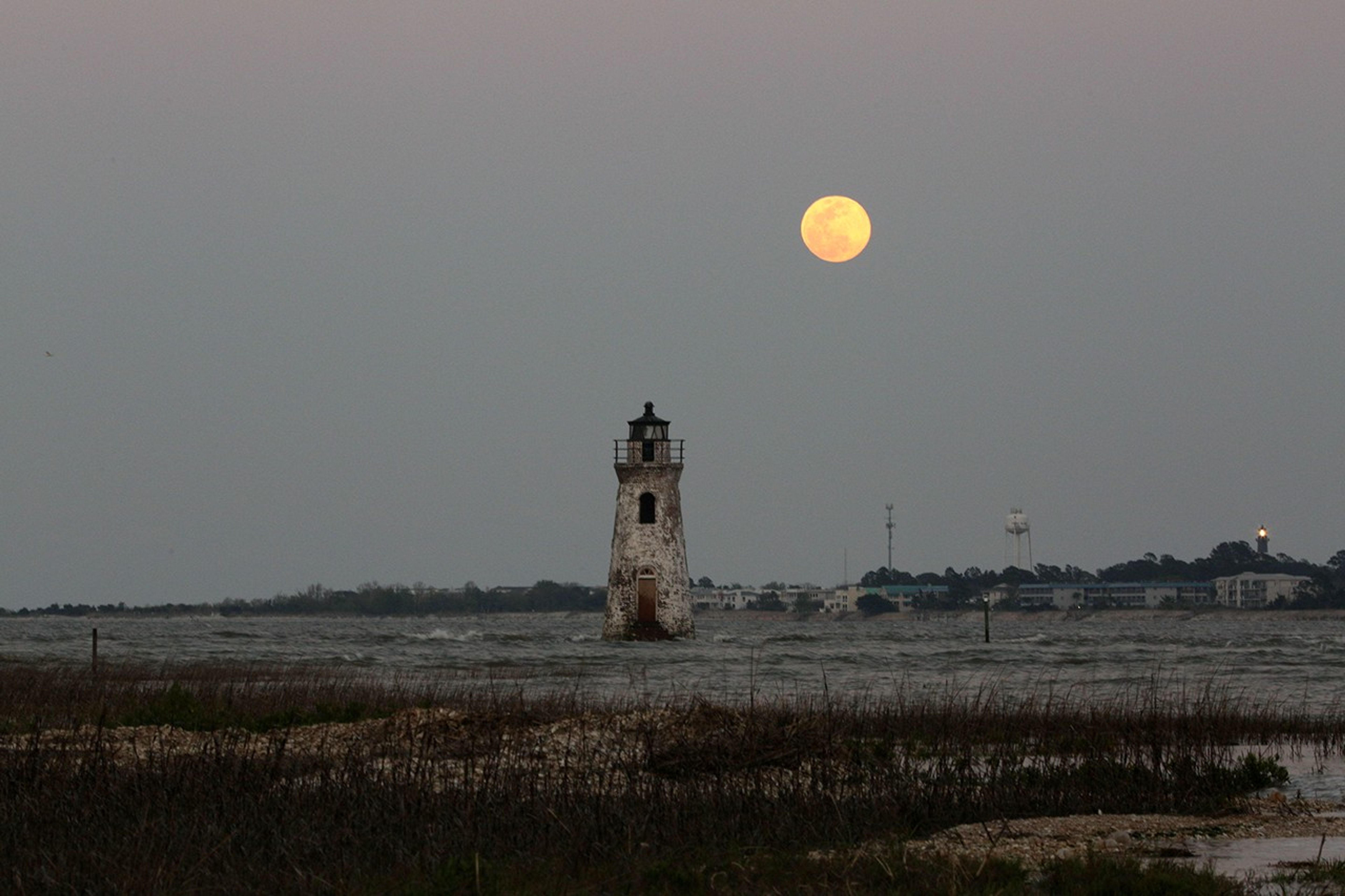March - April Skywatching
The next full moon is called the Worm Moon. Also, there will be a total lunar eclipse this full moon. The Moon will be full early Friday morning, March 14, at 2:55 a.m. EDT, but will appear full for about three days around this time, from Wednesday evening into Saturday morning.
Daily Guides Archive
An archive of retired NASA executive Gordon Johnston's monthly skywatching column.

The Next Full Moon Will Be the Last of Four Consecutive Supermoons
24 min read
The Next Full Moon is a Supermoon; the Beaver, Frost, Frosty, or Snow Moon; Kartik Purnima; Loy Krathong; the Bon Om Touk (”Boat Racing Festival”) Moon, the Tazaungdaing Festival Moon; and Ill Poya. The next full Moon will be Friday…
Article


























